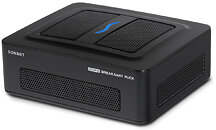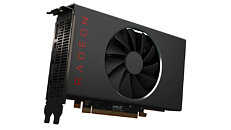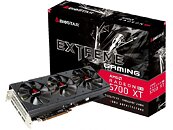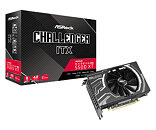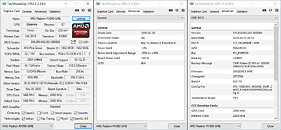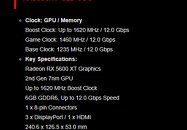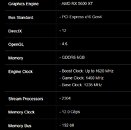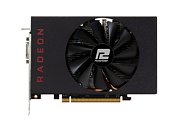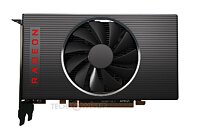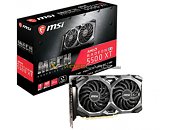
The Witcher 3 Now Runs on RISC-V Processors
In a notable step forward for the RISC-V architecture, the Box86 and Box64 emulator developers have successfully run The Witcher 3 on a RISC-V processor. While performance is far from optimal, even on a Milk-V Pioneer with a 64-core processor and an AMD Radeon RX 5500 XT graphics card, the achievement is remarkable.
RISC-V, a free and open-source instruction set architecture, is still in its early stages compared to established platforms like ARM and x86/x64. Despite this, the Box86/Box64 team, known for creating environments to run Windows programs on Linux, has demonstrated that AAA gaming is possible on RISC-V hardware. To accomplish this feat, the developers utilized Box64 with Wine and DXVK to emulate the necessary instructions.
RISC-V, a free and open-source instruction set architecture, is still in its early stages compared to established platforms like ARM and x86/x64. Despite this, the Box86/Box64 team, known for creating environments to run Windows programs on Linux, has demonstrated that AAA gaming is possible on RISC-V hardware. To accomplish this feat, the developers utilized Box64 with Wine and DXVK to emulate the necessary instructions.








